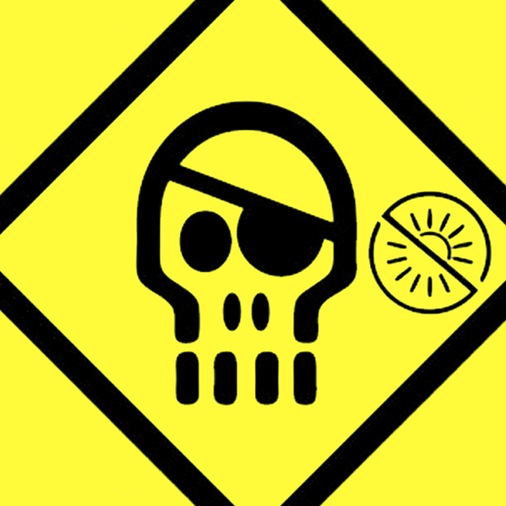I have a few selfhosted services, but I’m slowly adding more. Currently, they’re all in subdomains like linkding.sekoia.example etc. However, that adds DNS records to fetch and means more setup. Is there some reason I shouldn’t put all my services under a single subdomain with paths (using a reverse proxy), like selfhosted.sekoia.example/linkding?
If you don’t have any restrictions (limited subdomains, service only works on the server root etc.) then it’s really just a personal preference. I usually try paths first, and switch to subdomains if that doesn’t work.
I’ve kinda been trimming the amount of services I’ve exposed through subdomains, it grew so wild because it was pretty easy. I’d just set a wildcard subdomains to my ip and the caddy reverse proxy created the subdomains.
Just have a wildcard A record that points *. to your ip address.
Even works with nested domains like “home.” and then “*.home”
Subdomain; overall cheaper after a certain point to get a wildcard cert, and if you split your services up without a reverse proxy it’s easier to direct names to different servers.
The only problem with using paths is the service might not support it (ie it might generate absolute URLs without the path in, rather than using relative URLs).
Subdomains is probably the cleanest way to go.
Agreed, I’ve run into lots of problems trying to get reverse proxies set up on paths, which disappear if you use a subdomain. For that reason I stick with subdomains and a wildcard DNS entry.
Lemmy is a perfect example!
Everyone is saying subdomains so I’ll try to give a reason for paths. Using subdomains makes local access a bit harder. With paths you can use httpS://192etc/example, but if you use subdomains, how do you connect internally with https? Https://example.192etc won’t work as you can’t mix an ip address with domain resolution. You’ll have to use http://192etc:port. So no httpS for internal access. I got around this by hosting adguard as a local DNS and added an override so that my domain resolved to the local IP. But this won’t work if you’re connected to a VPN as it’ll capture your DNS requests, if you use paths you could exclude the IP from the VPN.
Edit: not sure what you mean by “more setup”, you should be using a reverse proxy either way.
If your router has NAT reflection, then the problem you describe is non existent. I use the same domain/protocol both inside and outside my network.





